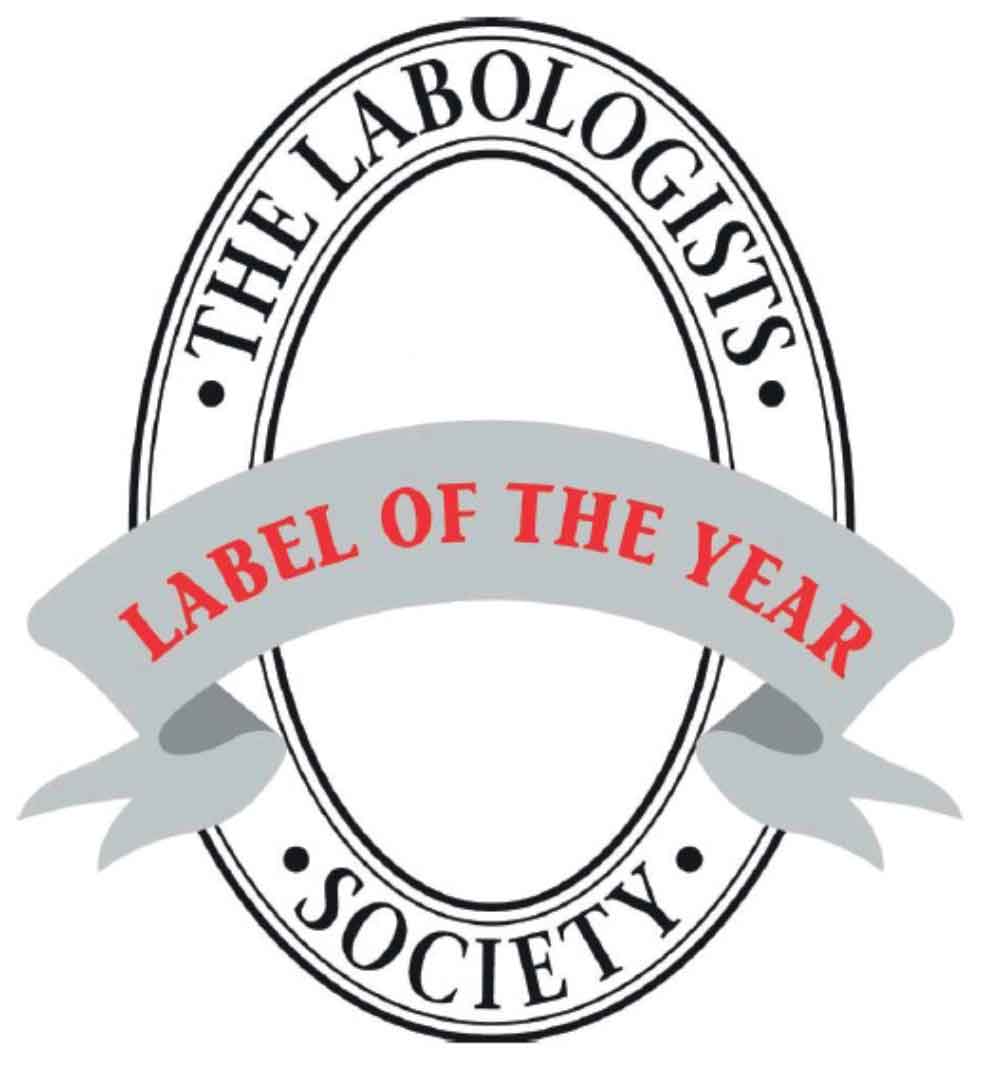Two for today’s offering. I find these a very interesting pair. They were issued fairly soon after the end of prohibition, probably 1933-35, and the differentiation between a still and a lively porter is unusual and fascinating. I imagine plenty of brewers have produced still and lively versions by accident, but these were clearly a planned series of consistent brews, otherwise why have labels printed by the thousand, and also many US brewers were producing keg beers at this time. My guess would be that the brews were identical, but the still version would have no added CO2 and there would have been little ‘head’, whereas the lively version would have had plenty of CO2 pressure and the Porter would be Sparkling.




3 Comments
26 November, 2018
at 12:21 pm
These look like cask labels for what was called in Ireland the “high cask and low cask” method of serving porter: pubs and bars would have two casks on the go, one would be flat and one would be highly conditioned, normally with fresh wort added just before the cask left the brewery in a process known as “gyling” or “krausening”, to bring a second fermentation to the beer and plenty of CO2. The barperson would pour some porter from the “still” or “low” cask into the glass and then add some porter from the “high” or “lively” cask, which would froth up and give the desired tight creamy head. The development of nitrokeg Guinness was designed to produce the same sort of head without the faff of having to serve beer from two separate casks.
26 November, 2018
at 3:19 pm
Thank you Martyn. That is really interesting and a highly likely explanation. What sort of era was that method of serving common? I will send the link for this to a couple of friends in the United States and find out what they know.
26 November, 2018
at 8:32 pm
I can help with the label part of this, but not the beer production. This label is circa 1935, & was used even a few years thereafter. They are very large labels & were definitely affixed to wooden barrels. Most likely there was a 2nd label that would indicate the barrel volume, so these larger labels could be used on any size barrel without having to print numerous versions, with differing contents. I have even seen labels like these (but not this one) where they wrote the contents by hand on the label. I would surmise that the label most likely would have been required to have the contents printed on them, but during this time in the U.S., the complicated (new post-Prohibition) laws were not always able to be strictly enforced (in a timely manner) by the corresponding agencies.